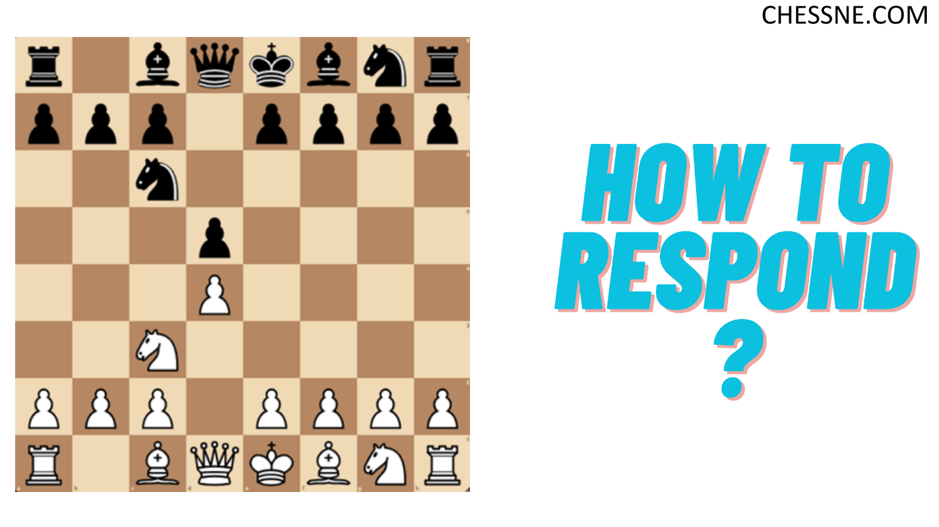
The Petroff Defense, also known as the Russian Game, begins with 1.e4 e5 2.Nf3 Nf6. Black aims for symmetry, and many games enter calm waters quickly. However, if White knows where the traps lie, especially after 3.Nxe5, the Petroff can become a minefield for the unprepared.
While 3.Nc3 is a quieter choice often leading into the Four Knights, this blog explores how 3.Nxe5 can lead to aggressive lines—and deadly traps—when Black slips. We’ll cover the critical responses: 3…Nxe4 (Damiano Variation), the tricky Stafford Gambit with 3…Nc6, and the classical main line 3…d6. Let’s turn Black’s solidity into a tactical nightmare.
Trap 1: The Damiano Variation – Missteps on e4
Position after 3…Nxe4
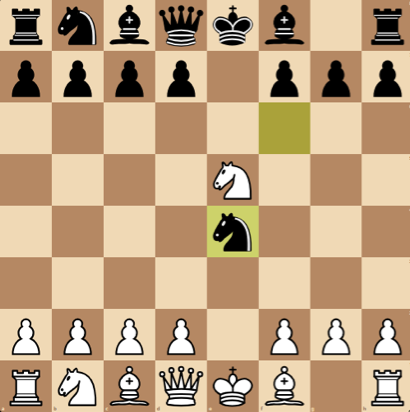
If Black recaptures the e5 pawn with 3…Nxe4, they enter what’s known as the Damiano Variation—often flagged as a trap for beginners. White immediately challenges this with 4.Qe2, putting pressure on the knight and aligning their queen with the king.
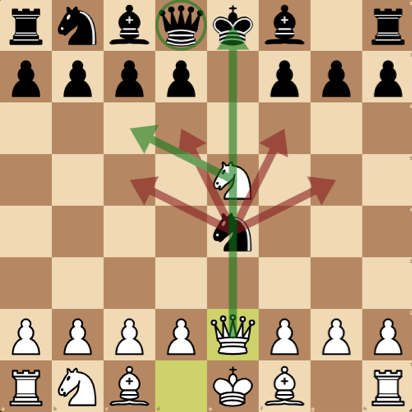
A common amateur blunder is for Black to move the knight to f6 or d6, unaware of White’s lurking tactics. The punishing blow? 5.Nc6+, a discovered check that simultaneously attacks the black queen. If Black falls into this, they’ll lose their queen in just five moves.
Black can attempt to dodge with 4…Qe7, allowing 5.Qxe4 followed by 5…d6 to recover the piece. Still, even here, White keeps the initiative and a slight edge. In blitz games, White may overreach to hold the pawn and walk into complications—but with accurate play, White retains a stable advantage.
Trap 2: The Anand Zapata Miniature (1988 Classic)
In the main line 3…d6, White often retreats with 4.Nf3, and Black replies 4…Nxe4. After 5.Nc3, we reach a classic position with rich tactical potential.
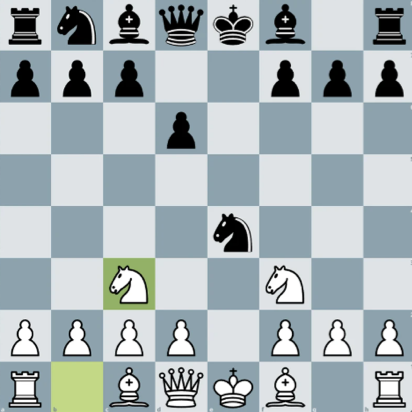
In a famous 1988 game between Alonso Zapata and Viswanathan Anand, the young Anand played 5…Bf5??—a move he’d seen in a prior game between Christiansen and Miles. Unfortunately for Anand, Zapata was ready with a sharp refutation.
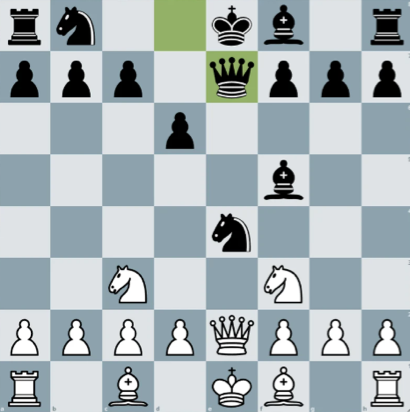
White struck with 6.Qe2!, pinning the knight and threatening 7.d3 to win it cleanly. If Black tries to block with 6…Qe7, hoping to neutralize the pin, White fires back with 7.Nd5!—a powerful fork targeting both the queen and c7.
Even 7…Qe6 can’t save Black, as 8.Nxc7+ delivers a royal fork, securing White a crushing material lead. Anand reportedly resigned after 6.Qe2, marking one of the rare instances of being out-prepared in just six moves.
The Stafford Gambit: High Risk, High Reward
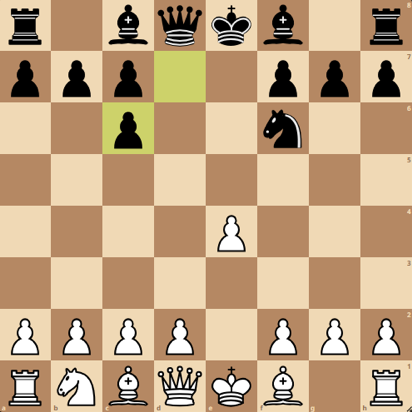
The Stafford Gambit, introduced via 3…Nc6, invites 4.Nxc6 dxc6. Objectively dubious, this gambit trades material for rapid piece activity. With ideas like Bc5, Qh4, and h5, Black creates practical chances, especially in blitz.
Eric Rosen, an IM and YouTube personality, has become a cult hero for his Stafford tricks. However, White can shut it down with calm development: 5.d3, 6.Be2, and 7.c3. Don’t panic—just develop and avoid falling into flashy traps.
Though top-level Petroff games often drift into symmetrical and drawish territory, at the club level, these traps can deliver quick victories. If your opponent plays 3…Nxe4 without understanding the dangers, or missteps in the main line, you can punish them swiftly with the right tactics.
Memorize key moves like Qe2, Nc6+, and Nd5, and you’ll be ready to make them pay. The Petroff may be solid—but it’s not bulletproof.
Stay sharp, keep following The New England Chess School and happy hunting on the board!